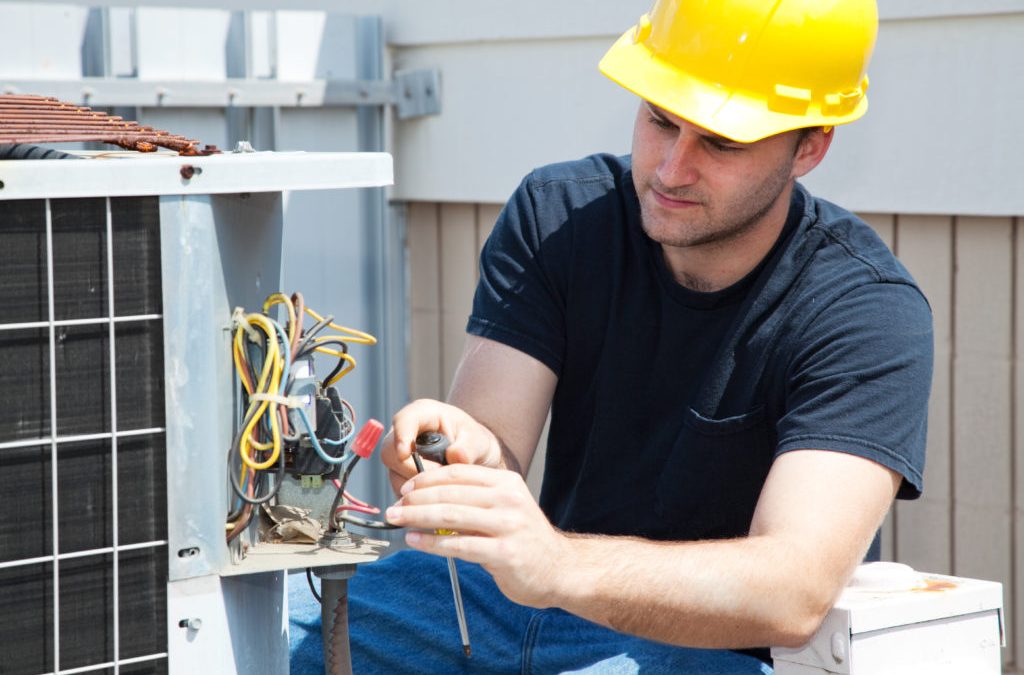Most air conditioners will begin showing indicators of lower refrigerant levels several days or weeks before the freon evaporates. On the other hand, you should be alert to some of these warning indications. This article discusses the most prevalent causes of low refrigerant levels and the warning indicators to look for.
Causes of Low Refrigerant Levels
Lower refrigerant levels can sometimes be caused by:
- Defective/incorrect installation:
A coolant (e.g., Freon) produces the cooling effect, which absorbs heat. To prevent a leak, the refrigerant must be injected into the condenser and sealed off. Failure to correctly fill the condenser and ensure the entire structure is sealed (to avoid a leak) can result in refrigerant leakage or evaporation.
- Gas leaking:
Some of the most common causes of lower refrigerant levels in air conditioning and refrigerators include leaks inside the condenser units (the evaporator and compressor fins). Although the leak could result from faulty installation, ageing and worn-down parts are primarily to blame. Over time, joints may weaken and loosen, resulting in the leak.
- An unmaintained (neglected) system.
A neglected or poorly maintained air conditioning system will likely decrease refrigerant levels. The system is more likely to leak when the air conditioner constantly runs for days, weeks, or even months. As a result, you should have your AC system serviced regularly.
The Top 6 Signs That Your AC Has Low Refrigerant Levels
- Higher-than-average energy bills:
As previously said, reduced refrigerant levels will make your AC system work much more challenging to maintain the desired (set) indoor temperatures. The likelihood that the machine will constantly be in overdrive raises its energy demand, increasing monthly energy expenses. The refrigerant is the lifeblood of your air conditioning system. Low levels indicate the system may wear more quickly, requiring more power to operate and maintain your home cool. This is because sufficient refrigerant is necessary to absorb and transmit heat outside during each cooling cycle. When there is insufficient refrigerant, the system must cycle numerous times before reaching the desired temperature. This increases the system’s energy consumption and inefficiency. If you’ve seen a significant spike in your energy costs recently, your Ac unit will likely suffer and need AC service.
- It Takes More Time to Cool Your House:
The refrigerant is critical in collecting ambient heat indoors and releasing it outside. Because of the low refrigerant levels, the system will require longer than usual to absorb all of the surplus heat. An essential (properly-sized) air conditioner takes around 3 hours to cool a typical household by about 10 degrees Fahrenheit. Although You must consider considerations such as the unit’s age, capacity, and power, there is a reason to be concerned if your AC unit requires more than 4 hours to cool. This is possibly the first indication and reason to contact an HVAC professional for service.
- Air Conditioning Vent Warmth:
The air conditioning system operates by pumping cool air into the space. Low refrigerant levels, on the other hand, suggest that the air conditioner will not absorb quite as much heat as intended. This is just one of the explanations why the air coming out of the vents seems hotter than it should. There are also instances when the air vents produce less air. This occurs primarily when ice plugs the ducts, limiting the system’s efficiency.
- Ice on Refrigeration Lines:
HVAC professionals recommend/advise clients to inspect their exterior units regularly and for a good cause. If you check the outside unit and notice ice accumulating on the refrigerant pipes, refrigerant levels are likely to be at their lowest. Ice on the refrigeration lines indicates that you should contact your HVAC professional immediately for an inspection and, most likely, have the refrigerant replenished. The professional will also confirm that the air vents are opened so the air filter is in good working order (not clogged or dirty).
- Leaking Water Around the Heater:
Low refrigerant levels cause ice to form within and around the refrigeration lines. The ice will occasionally melt, forming a puddle around or around the furnace. Puddles surrounding the thermostat are the first indications of dangerously low refrigerant levels, necessitating prompt service and repair. There will be no frost or water puddles surrounding the refrigerant lines or the furnace, a tell-tale indicator of an AC system crying for help.
- Hissing or Bubbling Noise:
This should be one of the initial symptoms to check for if you suspect a system breach. As the refrigerant escapes from a joint or a little hole along the lines, it will make a bubbling or hissing sound. You may wish to turn off the air conditioning system to hear the hissing sound. This is the distinct hiss you’d listen to from a leaky gas line. Early detection of a leak can save you several hundred dollars in repairs.
To Sum it Up
In the long term, leaky or poor refrigerant levels in your air conditioner will result in high energy costs and costly repairs. On the other hand, you should not let this destroy your summer. Arrange routine maintenance with an air conditioning specialist near you. These professionals will detect and repair a leak before it causes more harm to your system as well as your wallet. The best air conditioning technicians are equipped with professional gear to identify a leaky refrigerant and determine whether your system requires a top-up.
Contact Us
- SoCool is a reliable and experienced company that provides quality AC services.
- Some of the services offered by us include installation, replacement, repair, and maintenance.


